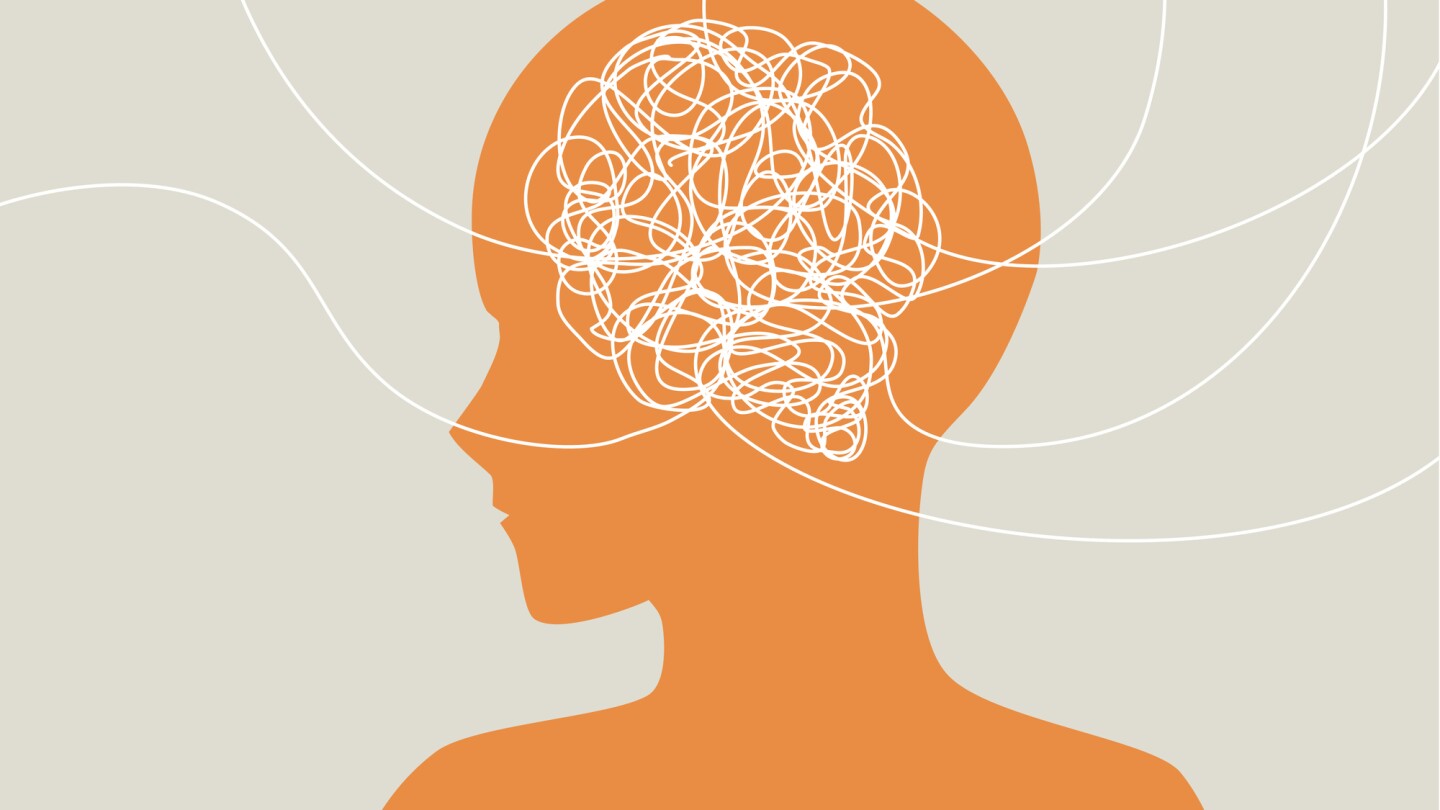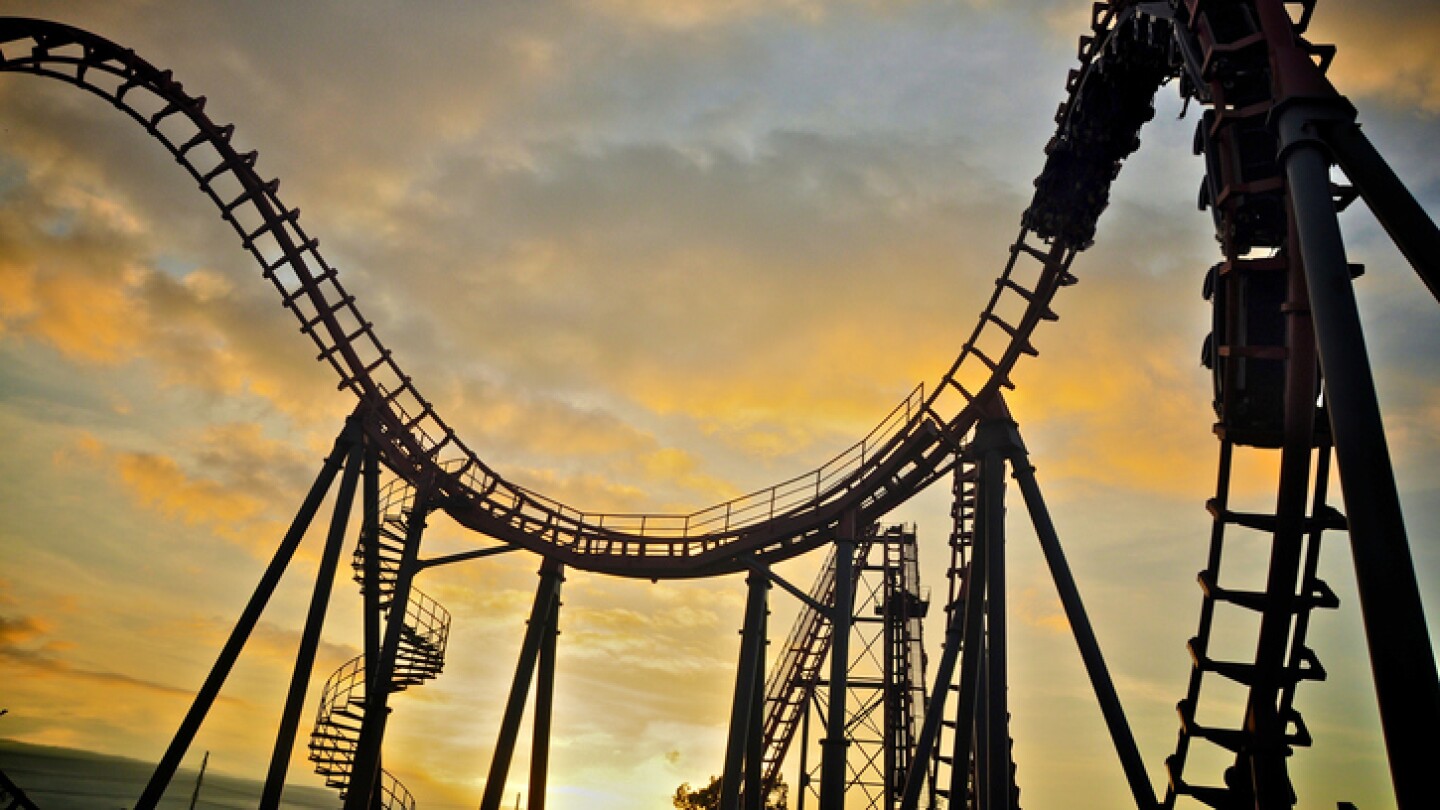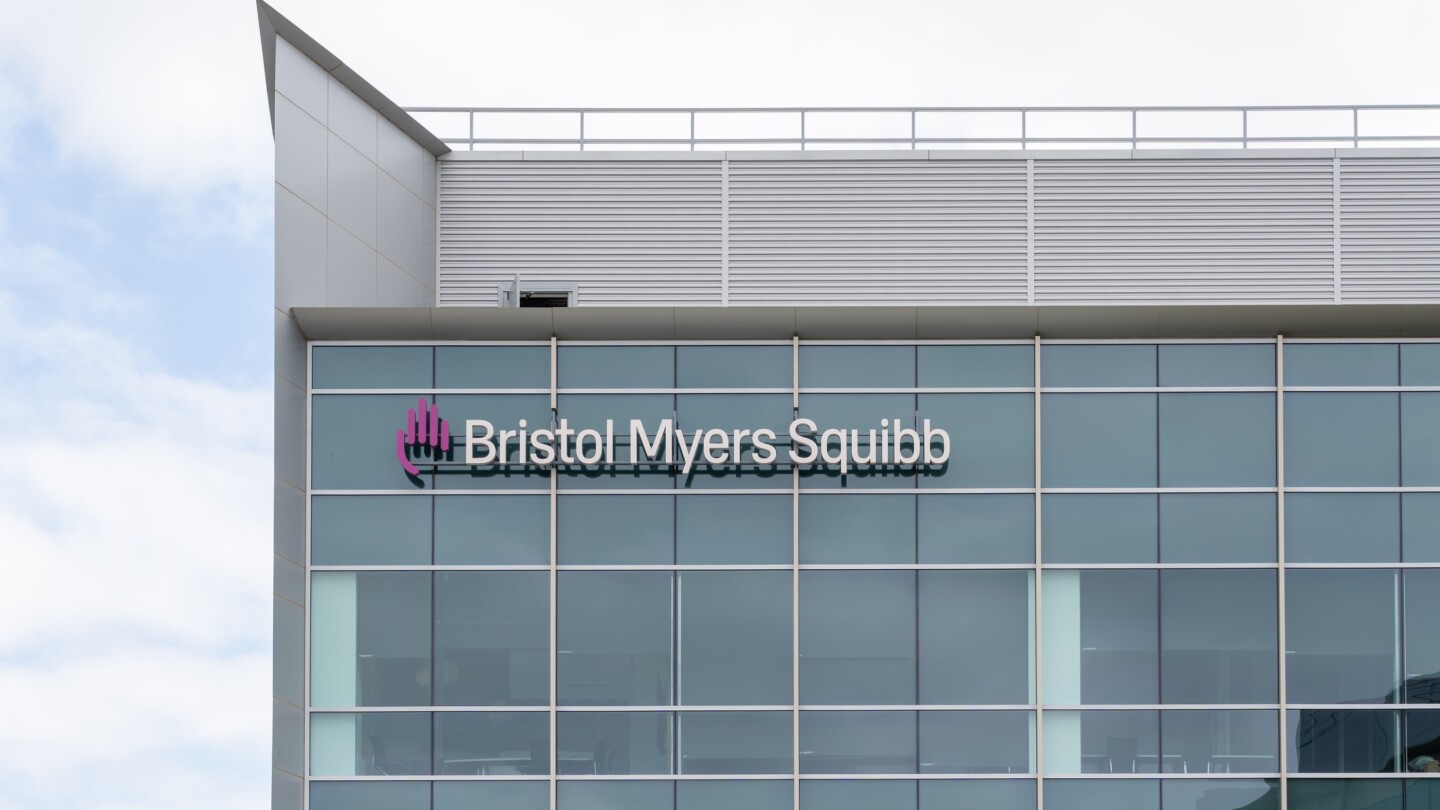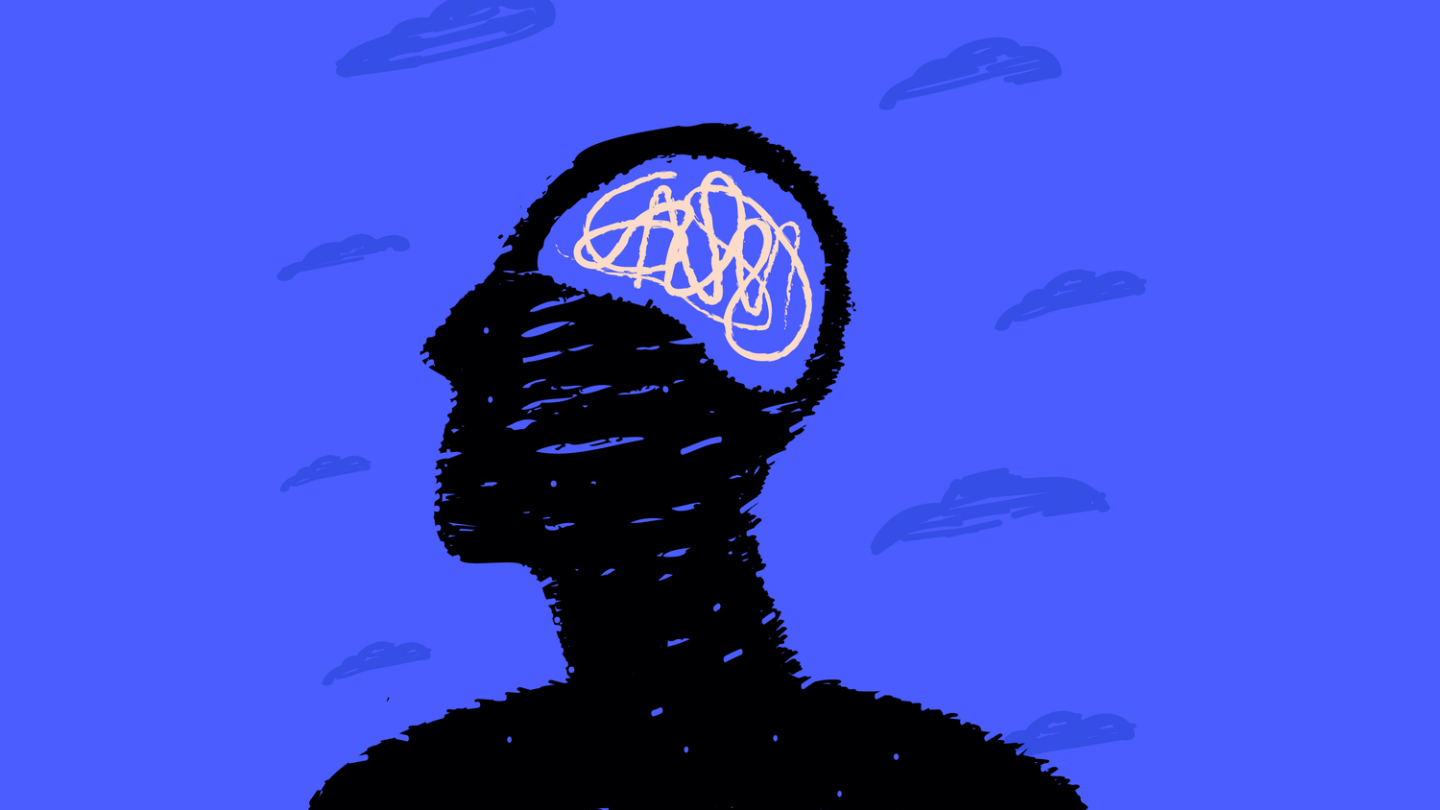Alzheimer’s disease
Effectively treating and preventing this common form of dementia will require a cocktail of drugs and a combination of approaches, as well as a drive toward early detection.
With two earlier trials meeting their primary endpoints, Axsome claimed it has the data to support a filing for FDA approval in the second half of 2025.
This year saw lofty highs and devastating lows for neuroscience drug developers like Bristol Myers Squibb, Eli Lilly and AbbVie, following the predictable pattern of successes and failures that characterizes this space.
Already established as cornerstone therapies in diabetes and obesity, GLP-1 receptor agonists also show potential in several other indications, including cancer, addiction and neurodegenerative diseases.
BioArctic received $100 million upfront with another $1.25 billion in potential milestone payments on the line for two pyroglutamate-amyloid-beta antibodies.
Even as Biogen and Eisai’s Leqembi and Eli Lilly’s Kisunla slowly roll out onto the market, experts question the efficacy of these anti-amyloid antibodies and the amyloid hypothesis overall.
Some 90% of investigational drugs fail—and success rates are even more dire in the neuro space. Here, BioSpace looks at five clinical trial flops that stole headlines over the past 12 months.
The darlings of the weight loss and diabetes spaces, GLP-1 receptor agonists have shown promise against Alzheimer’s in recent studies—with Phase III results expected next year from Novo Nordisk.
By speeding lifesaving drugs’ way to market and focusing on the underlying causes of disease, the pathway has helped save many lives.
The Muna partnership will give GSK access to Muna’s MiND-MAP platform, which it will apply to postmortem brain samples to identify potential therapeutic targets for Alzheimer’s disease.
PRESS RELEASES










